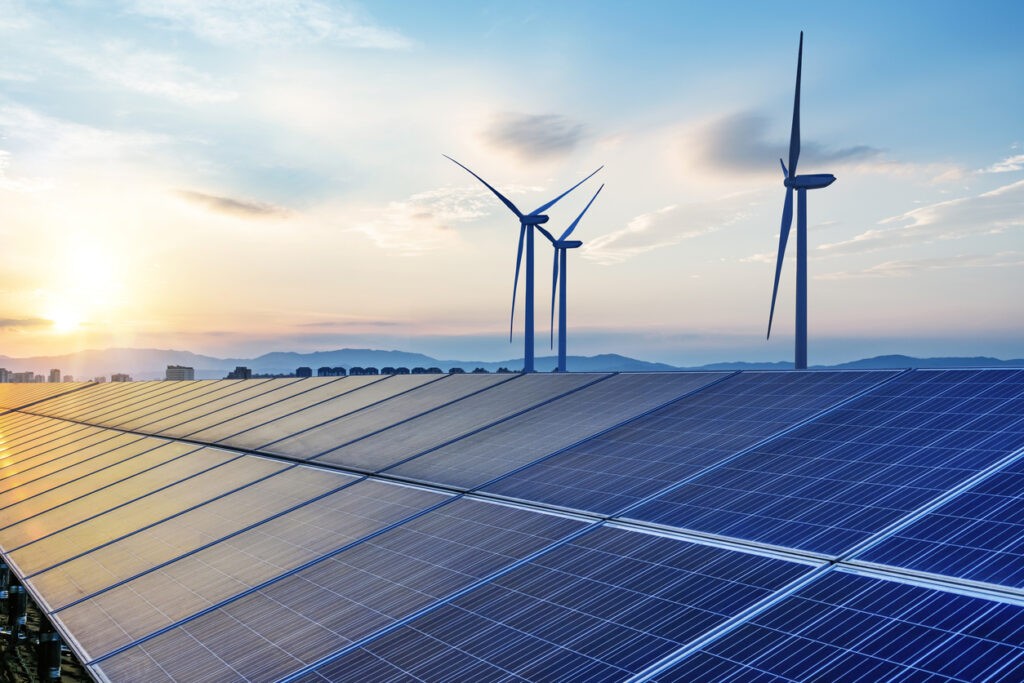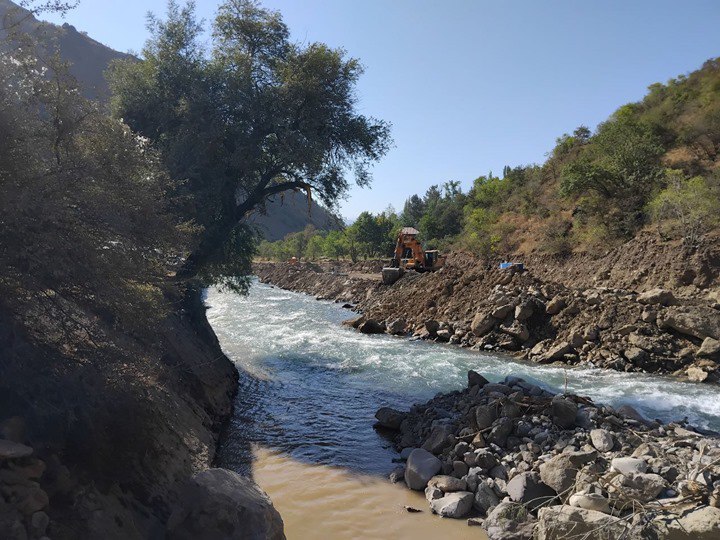Uzbekistan Plans to Increase Share of Green Energy to 40% by 2030
Uzbekistan intends to increase the share of renewable energy sources in the country’s energy consumption structure to 40% by 2030. Energy Minister Zhurabek Mirzamakhmudov announced this at the “Russian Energy Week” forum.
According to Mirzamakhmudov, renewable energy, including solar and wind power plants, will become the basis for meeting the growing electricity demand as part of the country’s growth strategy.
Mirzamakhmudov noted that Uzbekistan’s economy is growing by 6% annually, and the population will continue to grow. This causes the demand for electricity to grow by 7-8% per year, and by 2030, this figure may stabilize at 7.5%. Uzbekistan plans to introduce up to 20 gigawatts of solar and wind power plant capacity to meet this demand. It is expected that the share of renewable energy sources in the country’s total energy balance will reach 40%.
The share of renewable energy is about 10%, but by the end of this year, it should increase to 15%. In the coming years, 2.5 to 3.5 gigawatts of new capacity will be commissioned annually. In addition, considerable attention will be paid to developing thermal and hydroelectric power plants, which are planned to reach 18.5 gigawatts of capacity by 2030.
The minister also emphasized the importance of energy storage systems. Uzbekistan plans to install 300 megawatts of storage capacity this year and increase it to 4.2 gigawatts by 2030, mainly using lithium-ion batteries. Along with this, projects to create hydro-battery stations will be implemented. Mirzamakhmudov added that all these projects are financed by foreign direct investment, demonstrating the high interest of international investors in the country’s energy sector.
The Russian Energy Week 2024 forum is being held in Moscow from September 26 to 28. The event’s main theme is “Energy Cooperation in a Multipolar World.” More than 70 speakers from various countries have participated, including from Russia, BRICS countries, and Africa. The forum discussed topics such as sustainable energy development, the role of hydrocarbons in the future, and issues of technological independence. One of the key events was the meeting of BRICS energy ministers.
Earlier, The Times of Central Asia wrote about the annual meeting of the Board of Directors of the Asian Infrastructure Investment Bank (AIIB) held in Samarkand on September 25-26, where Uzbek President Shavkat Mirziyoyev proposed a program of green energy development for Central Asia.






